At first glance, the discovery of two hand-hewn stone heads in a garden near Hexham appeared to be unimportant. But then the horror began, because the heads were most likely the principal source of paranormal phenomena, resulting in the terrifying apparition of a werewolf-man.
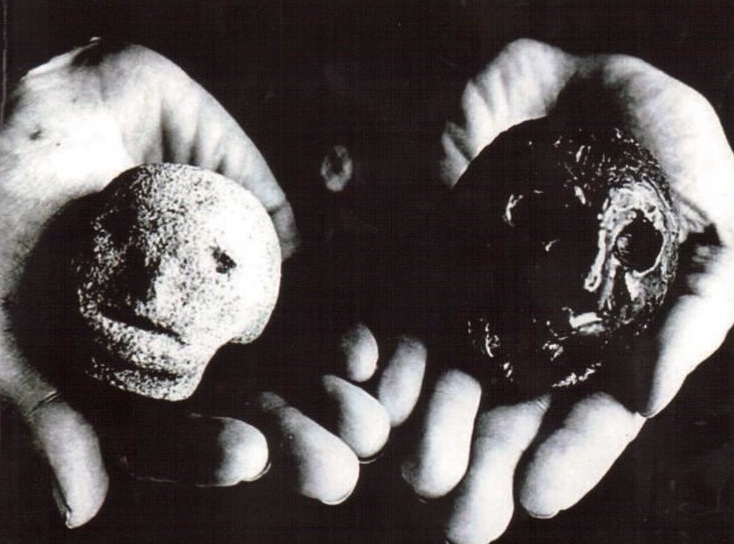
Hexham is a borough in the Tyne Valley, 32 kilometers north of Newcastle-upon-Tyne. Colin Robson, then 11, weeded the yard behind his parents’ house one morning in February 1972. In the process, he discovered a circular stone the size of a tennis ball with a peculiar lead on one side. He discovered rough carven human features on the stone after removing the dirt; the lead was actually the throat.
Full of happiness he called his younger brother Leslie to come. Together, both boys continued to search and soon Leslie found a second head. The stones, which were called the Hexham Heads, represent two different types. The first was similar to a skull and seemed to bear male traits; it was called “boy”.
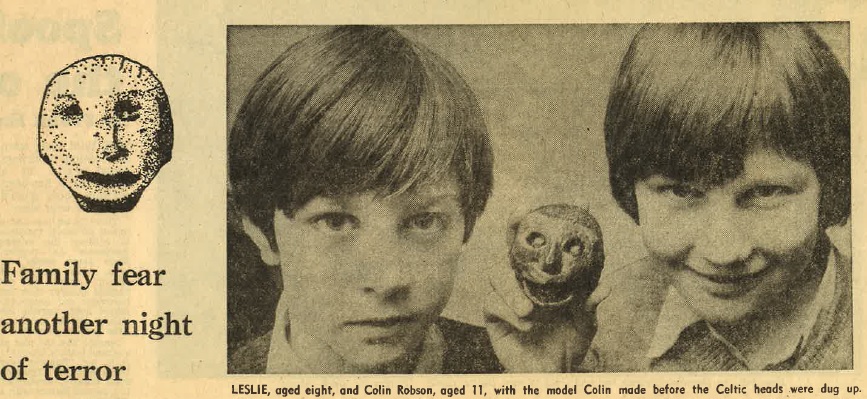
The stone was of a greenish-grey and glittered with quartz crystals. It was very heavy, heavier than cement or concrete. The hair seemed to run in stripes from front to back. The other head, the “girl” was similar to a witch. It had wild pop-eyes and the hair was tied back to some knot. In the hair, traces of yellow and red color could be found.
After they have dug up the heads, the boys took them into the house. Therefore, the entire tragedy started. The heads turned around without reason, objects broke to pieces without evident cause.
When the mattress of one of the two daughters of the Robsons was dotted with broken glass, the girls moved out of the room. In the meantime, a mysterious flower bloomed at Christmas exactly on that spot, where the heads were found. Besides, a strange light was glowing there.
It could be stated that the events at the Robsons have nothing to do with the appearance of the heads but deals with poltergeist-phenomena, which has been evoked by the adolescent children of the Robsons. Nevertheless, the neighbor of the Robsons, Ellen Dodd, had such a frightful experience, that cannot be explained easily.
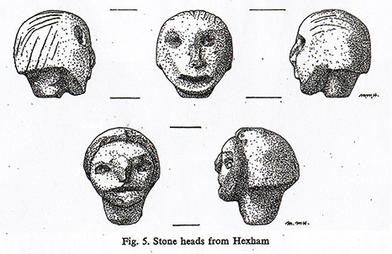
Later on, Mrs. Dodd said a being on all fours had carefully touched her at the legs. It has been half man, half sheep. Mrs. Robson remembered that in the same night she has heard a cracking sound and screams next door. Her neighbors told her that those sounds derived from a being that looked like a werewolf.
Dr. Anne Ross, a significant expert of the Celtic culture, stated that the heads would be approximately 1800 years old and were originally used during Celtic head-rituals. The apparitions stopped after the heads has left the house.
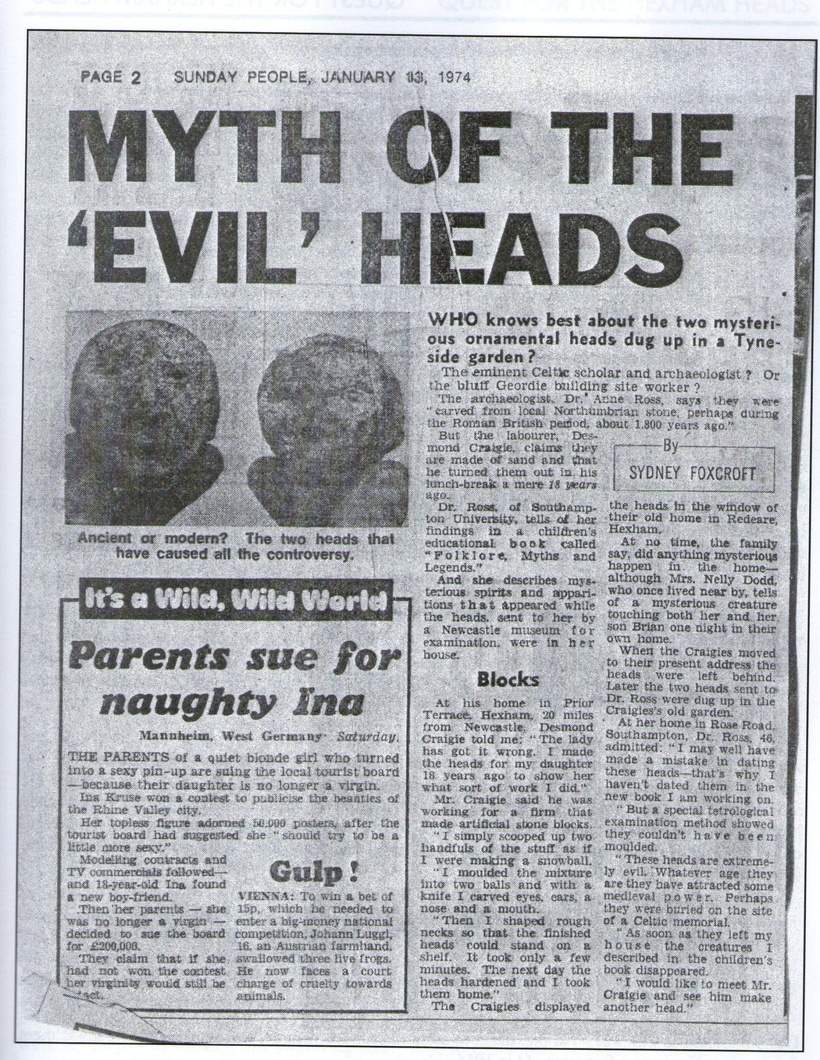
In 1972, the story took a new turn, when truck driver Desmond Craigie stated that the “Celtic” heads were only 16 years old and that he has manufactured them as toys for his daughter Nancy. Astonishingly, the age of the heads could not be determined even with the help of scientific analysis.
When the heads stem from the Celtic epoch, it can be easily imagined that an ancient curse weighs on them. But when they are not old, how can it be explained that they evoke paranormal phenomena? It exists a theory that mineral art products can store visual pictures of humans from which they have been created. It is supposed that localities and objects can take up information that can cause particular phenomena.
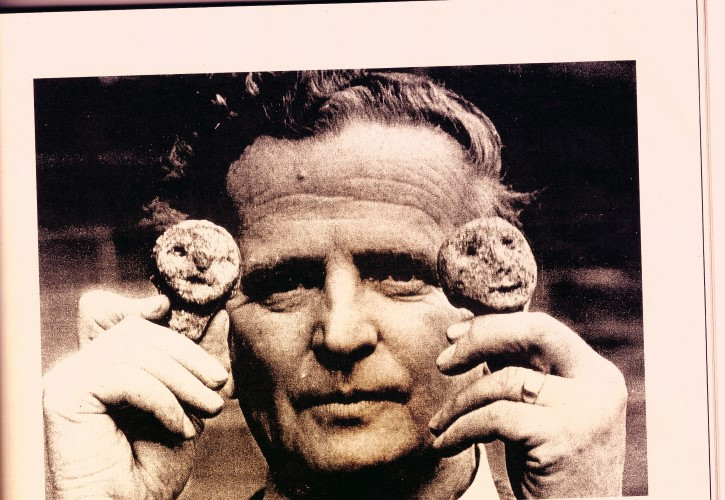
The scientist Dr. Robins was also interested in the reports about the sounds that are said to have been occurring in connection with the heads. He pointed to a parallel of a being from the ancient Nordic mythology, the “Wulver”. He was powerful and dangerous but benevolent towards human people as long as they did not provoke him. Dr. Robins was so fascinated by the heads that he intended to take them home with him.
When he put them in his car to drive home and turned the key, all of the electrical devices on the dashboard failed. He looked at the heads and said, “Stop with that!” – and the automobile started.
The Hexham-heads’ current location is unknown. However, there is no question that they were the source of the events that are commonly attributed to poltergeists. They acted as a trigger in some way. But why is that? This raises the issue of their age.
Are they of Celtic origin, as Dr. Ross claims, or were they just made in 1956 by a Hexham resident for his daughter? According to Dr. Robins’ view, when an object is in the position to generate poltergeist-phenomena, it does not matter who made it, but rather where it was made.




